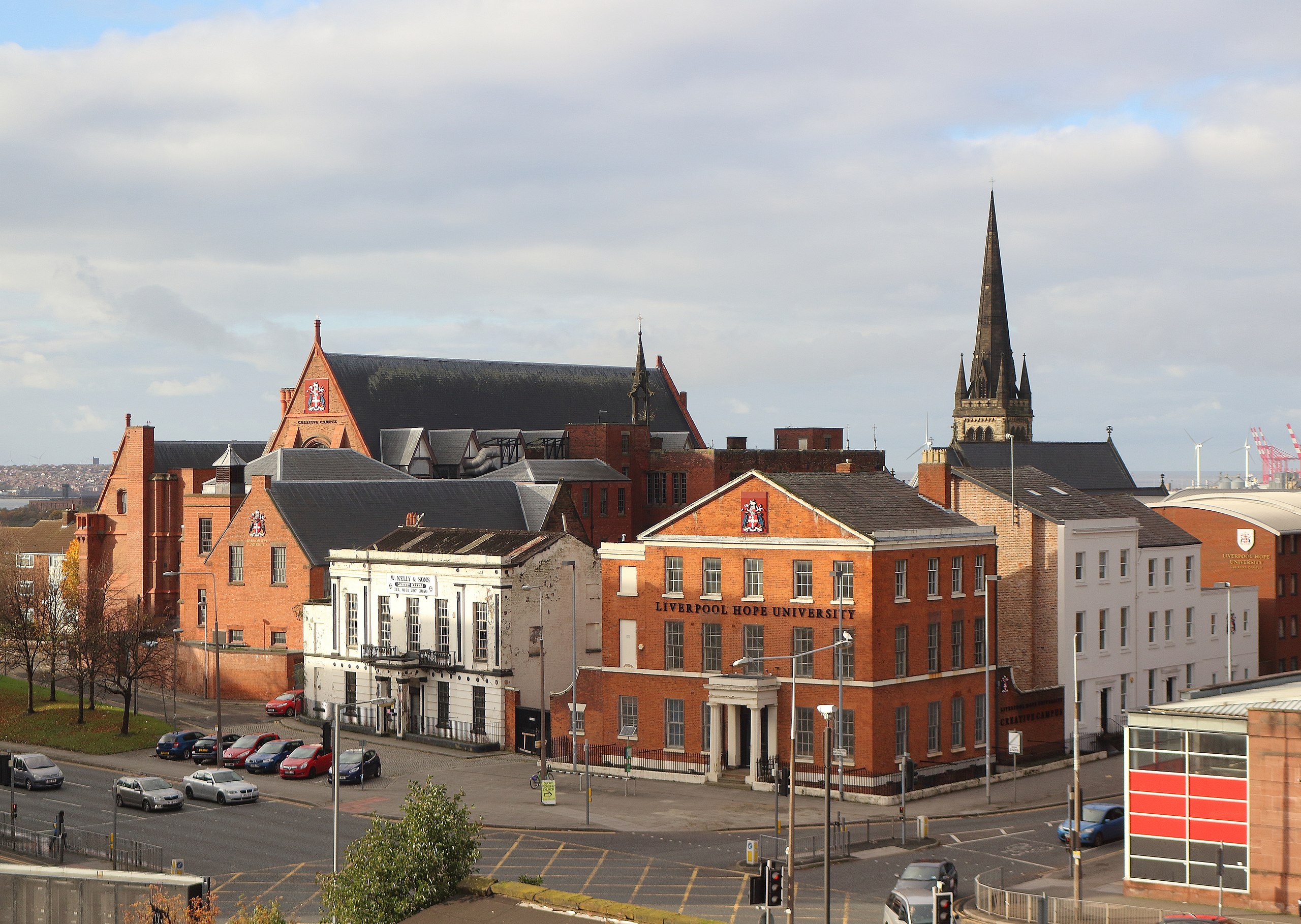A state-of-the-art new ‘Motion Picture Factory’ at Liverpool Hope University will look to the future while celebrating the campus’ rich history.
That’s according to Professor Stephen Davismoon, Dean of the School of Creative and Performing Arts, who’s a driving force behind the multi-million pound development earmarked for Hope’s city-centre Creative Campus.
The Motion Picture Factory - slated for completion in 2022 - is dedicated to film and TV production, primarily.
It’ll feature three studios stocked with equipment that’ll ‘futureproof’ the campus and hopefully inspire students to take their first steps in the industry.
Yet the project has a much wider scope than that.
Prof. Davismoon says that almost every student on the Creative Campus will be able to take advantage of the facility, from Music undergraduates shooting videos to DJs honing their craft as well as motion-capture for performance and animation.
Meanwhile the Grade II listed building itself that’s being renovated - the white-fronted No.2 Islington Square - also has a past life as a famous music academy and then music hall.
And by rejuvenating the building, that performance-related heritage is upheld and celebrated for future generations of artists.
Prof. Davismoon reveals: “No.2 Islington Square is a beautiful building. It also faces out onto one of the busiest roads in Liverpool, making it really prominent and something of a local landmark.
“And, in a way, there’s a real synergy here as to how we’re going to be using the building.
“After more than a century, we’re bringing it back to being a creative space. And that’s incredibly satisfying from my perspective.”
The first floor of the Motion Picture Factory will be designed for film and TV teaching, replete with a sound system, lighting rigs and cameras.
The ground floor studios will also be used for film and TV but will also enjoy tech that’s ‘transferrable’ for students in other creative disciplines - including a black box studio with motion capture capability as well as cutting edge surround sound.
Prof. Davismoon explains: “That particular studio can be used for the mapping of live performers for a dance group, for example, or for an acting team. We can then begin to shop-work lighting changes, motion capture or audio design, as well as scenographic design.
“The other studio on the ground floor is what we’re calling an ‘extended reality’ space, which will also have a variety of projection and capture capabilities. That could, for example, be used by those creating animation - whether for games or for multi-projector performance work.
“The Motion Picture Factory will allow us to teach things we’ve simply never taught before. And when it comes to the tech we’ve got planned for the ground floor, there will be no other university in Liverpool that will have it. In fact, as a unit, there will be nothing comparable to the Motion Picture Factory in the North West.
“And it will have an effect on pretty much every discipline at the Creative Campus. If you want to shoot music videos with back projection, it’s significant. If you want to become a DJ using back projection, that’s where you’re going to do your programming.
“If you want to make a large show, this is where you will workshop it. It changes acting, it has an effect upon dance, and it’ll have an effect on the visual arts whether fine art or graphic design practice.
“The Motion Picture Factory is an important addition for the University - it’s really exciting.”

The Motion Picture Factory: A Brief History:
Professor William Wrenshall was a musician of some standing in Liverpool and the UK.
A church organist and examiner for the Royal College of Music, London, he also composed a series of some anthems and chants.
In 1832, he completed the building of his ‘Mr Wrenshall & Sons’ Musical Academy’ - at No.2 Islington Square, where Hope’s Motion Picture Factory will soon be housed.
The musical academy was founded on something called the ‘Logerian’ system of music teaching, founded by the German-born composer and musician Johan Bernhard Logier.
The focus here was on the very high-quality study of classical and liturgical music.
The concerts held by the pupils and students of Wrenshall’s Academy get many mentions in
the Liverpool Mercury newspapers, where the high calibre of musicianship of the older pupils and students was commended.
Prof. Davismoon adds: “Clearly, the young people that studied music at No.2 Islington would have been from the city’s most exclusive families at that time - the concert reviews attest to this.
“And we should remember that Liverpool at this time was amongst the wealthiest of world cities. It had the largest and most advanced ports in the world and its population expanded significantly during the first half of the 19th century – the census in 1801 records a population of 77,000. By 1851 this had grown to 376,000.”
No. 2 Islington Square enjoyed several decades of music-making and study before becoming the ‘Sacred Harmonic Society’ in the 1850s.
The building also enjoyed a brief spell as a music hall venue in the latter years of the 19th Century and into the early years of the 20th Century.
It went on to become a hat factory and then furniture manufacturer.





